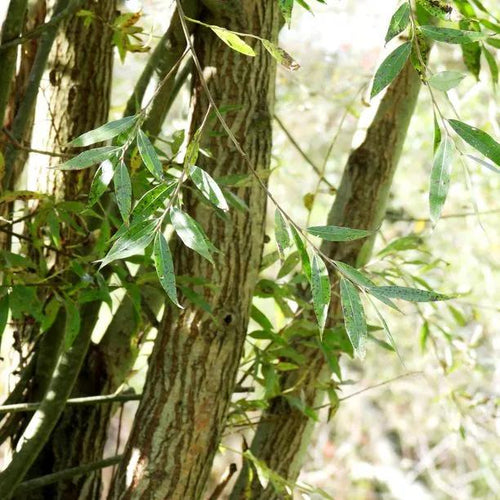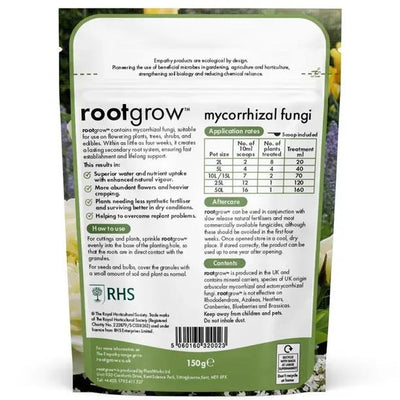Crack Willow Sapling Trees
Crack Willow, Salix fragilis, is a large, wide spreading deciduous waterside tree with dark green leaves and catkins in spring. The tree has beautifully fissured bark when it's mature and an upright canopy. Fallen branches are so good at rooting in wet soil that in some parts of the country, a single crack willow has cloned itself for long stretches of river bank. All willows are good for bees and butterflies.
See our selection of willow hedging plants or view our full range of hedging.
Crack Willow plants are only delivered bareroot, during winter (Nov-March). All of our young trees and shrubs are measured by their height in centimetres above the ground (the roots aren't measured).
History & Trivia
This tree is closely related to Salix alba, and gets its name mainly because its whippy young stems are easy to snap cleanly off the branches, but also because the trunks of old trees tend to split open.








 Secure, One-Tap Checkout
Secure, One-Tap Checkout
 Hand Picked, Delivered to Your Door!
Hand Picked, Delivered to Your Door! 1 Year Bareroot Guarantee
1 Year Bareroot Guarantee






